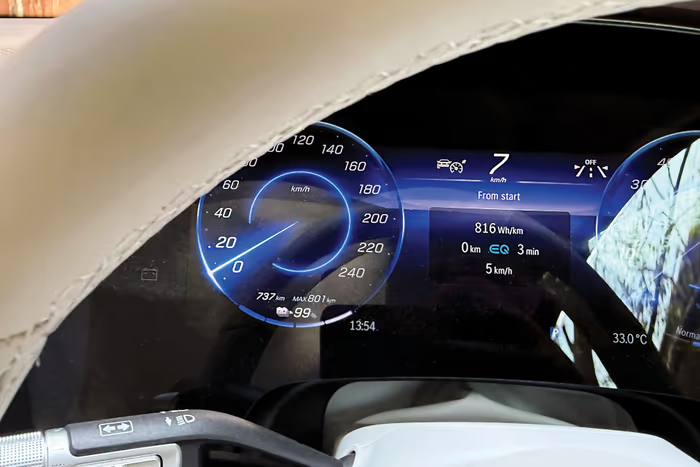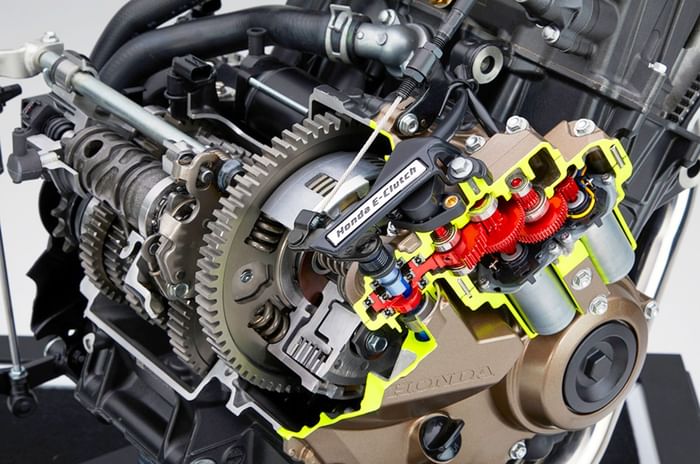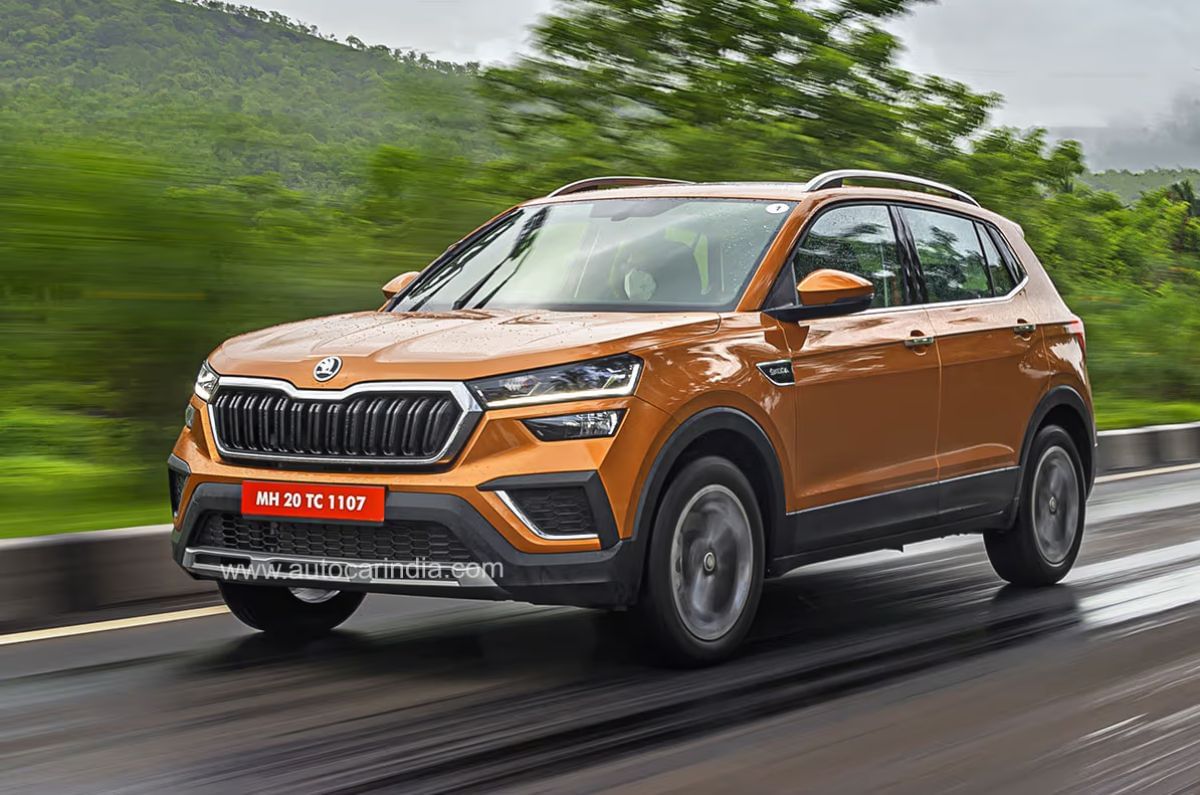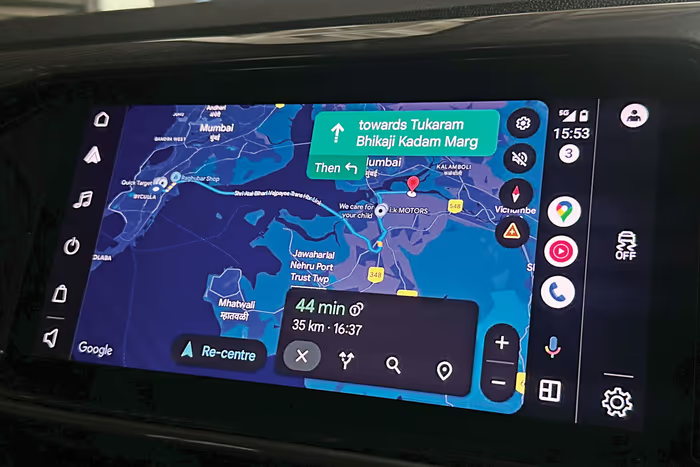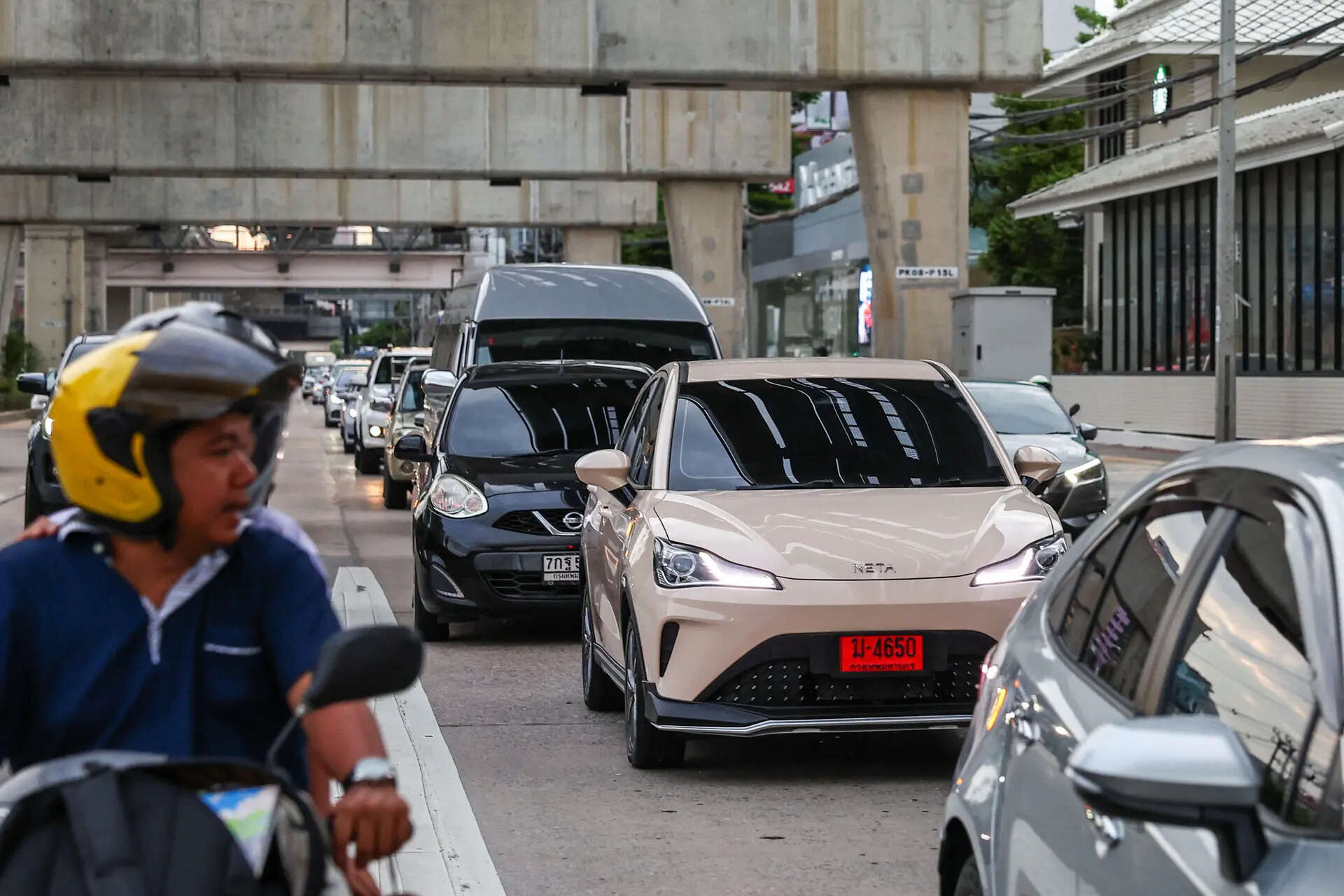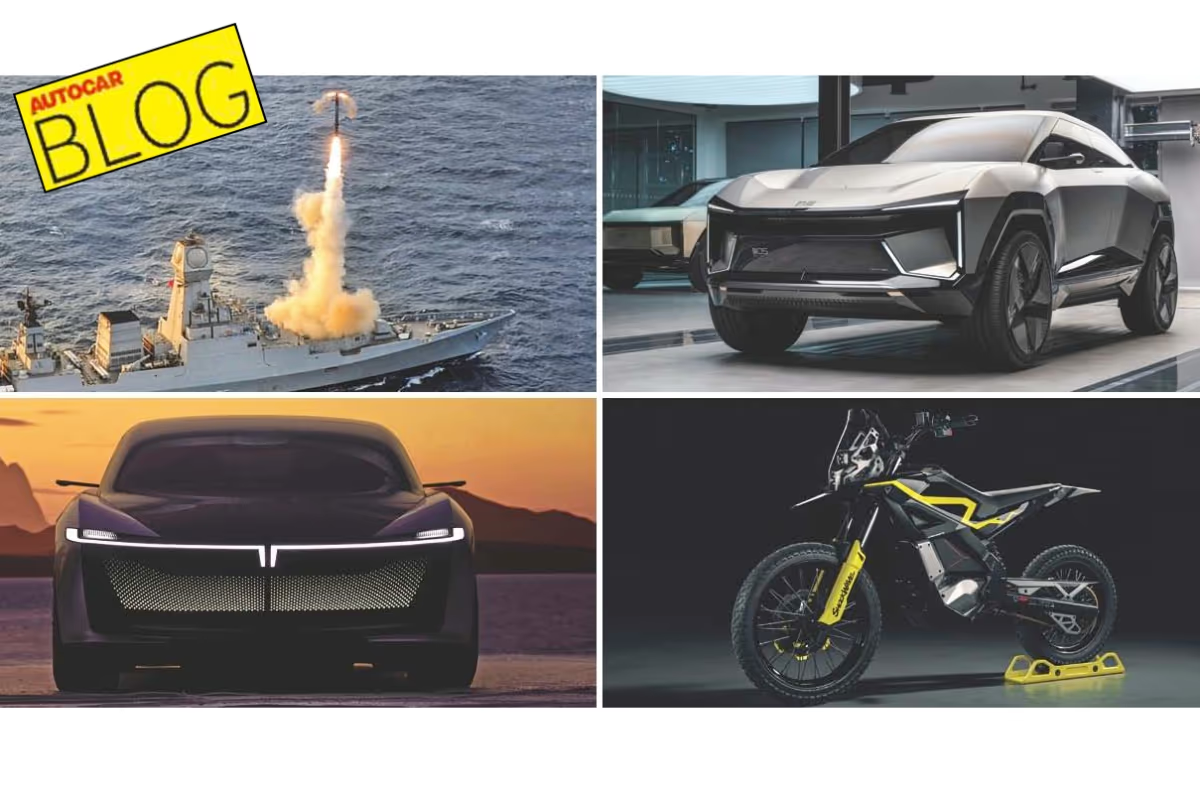“In the pink of health,” Pradeep Pachauri insists of his Nissan Sunny, which he has kept parked in the garage of his Gurgaon house in Sector 37D, of late, fearing the car will be seized if he takes it to Delhi.
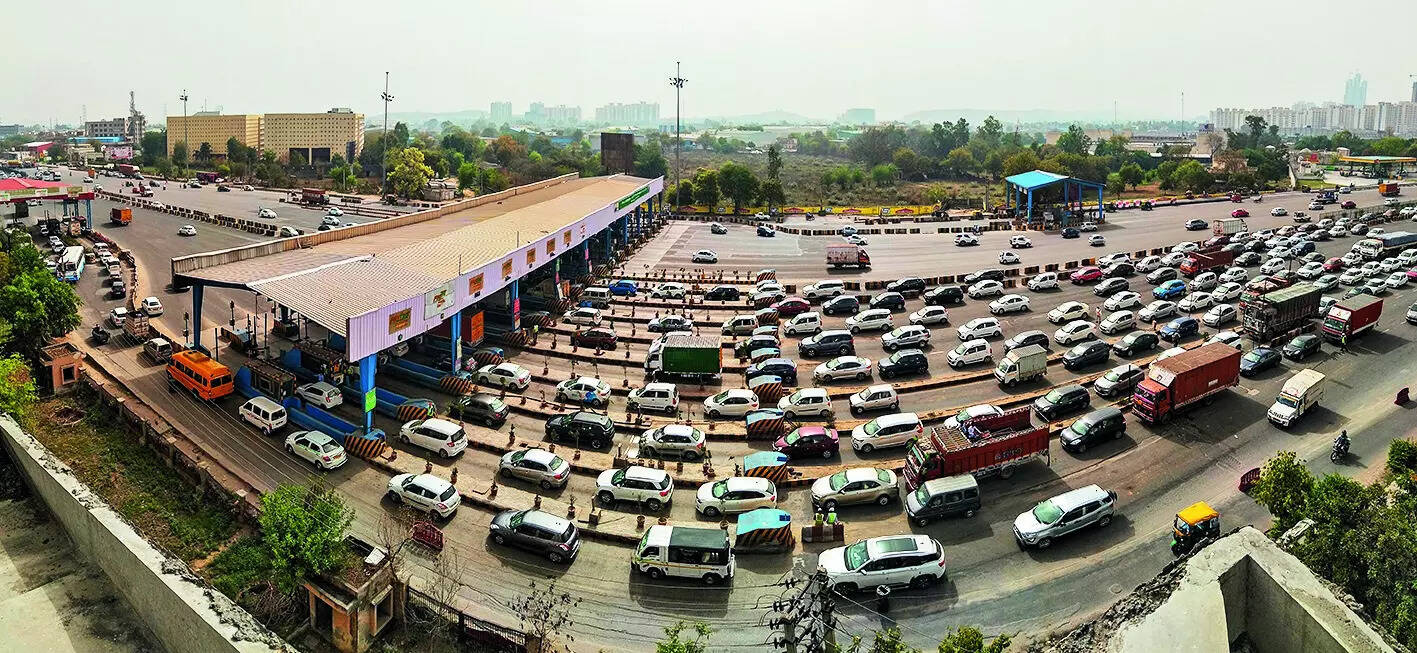
“The car is in good running condition. I have an up-to-date Pollution Under Control (PUC) certificate for it. When I bought the car in 2015, I also paid a one-time road tax for 15 years. Despite adhering to all norms, I can’t run my car in NCR. The system is forcing me to purchase a new car without getting any meaningful price for my old vehicle,” adds Pachauri, saying cars should be judged by emissions and running condition rather than the sole criteria of age.
Based on a 2015 NGT order and subsequent rulings by the Supreme Court that diesel vehicles over 10 years old and petrol vehicles more than 15 should be deemed “high-polluting” and EOL (end-of-life) vehicles and taken off roads, Delhi govt had announced they would not be given fuel from July 1, and the vehicles would be seized if seen on roads.
But implementation proved thorny. A mix of logistical issues, such as inconsistent rollout timelines across states, and emotional ones—like the distress of parting with a still-functioning car—have made enforcement unpopular.
On Thursday, the govt backtracked from it, citing public sentiment. Noida police, however, forged ahead and impounded 76 EOLVs between July 1 and 4 alone. In Delhi, around 90 were seized till July 3.
While a policy decision is yet to be taken, the deadline to scrap or shift EOL vehicles from the five high-density NCR districts of Gautam Budh Nagar, Ghaziabad, Gurgaon, Faridabad and Sonipat remains Nov 1 as of now, with plans to cover the rest of the districts in the region by April 2026.
The order, meanwhile, has left many vehicle owners, like Pachauri, anguished about making a fresh investment in a new car—a new car like Nissan Sunny would cost over Rs 20 lakh—when there is nothing wrong with their old vehicle.
“The rule seems to be blind to individual realities, especially for vehicles that saw minimal use during the pandemic and are still roadworthy,” says IT professional Sapan Rastogi, a resident of Greater Noida’s Gaur City, whose diesel Renault Duster has run just 52,000 km in nearly nine years. “We hardly used it for two Covid years. But we made so many memories—from office runs to trips across Rajasthan and Himachal. It’s not just a car—it’s part of our family history,” he says.
In Noida’s Sector 51, Sanjeev Kumar’s white Volkswagen Vento, a 14-year-old petrol car, has clocked just 58,000 km. “It’s well maintained. I’ve replaced parts, serviced it regularly. It even saved my family’s life once during a near-fatal accident,” Kumar says.
On a family trip to Saharanpur, Kumar dozed off while driving, only to jolt awake as the car spun dangerously before coming to a halt—without flipping. “We could have died that day. But the car protected us. Now I’m being told to throw it away,” he says.
‘Policy helps car makers, not the environment’
Across Noida and Gurgaon, nearly 3 lakh vehicles now face the EOL label—around 40,000 diesel and 1.68 lakh petrol vehicles in Noida alone and over 98,000 vehicles, most of them diesel, in Gurgaon. In Delhi, there were over 60 lakh overage vehicles till March this year.
In the absence of fitness-based extensions or buyback schemes, the policy is forcing people to either relocate their vehicles to states without EOL restrictions or dispose of them entirely—often for a fraction of their worth.
Meanwhile, the irony is cars banned in Delhi-NCR continue to run in Karnataka, Rajasthan, or Bihar, simply shifting the pollution elsewhere.
Sumil Jalota from Greater Noida West recently sold his 2016 Maruti Suzuki Ertiga to a buyer in Karnataka, where the EOL rules haven’t yet kicked in. “It was perfectly fine,” he says. “But next year it would’ve been worthless. I had no choice.”
He has now booked a new Kia Carens, costing several lakhs more. “It’s a burden on middle-class families like ours. This rule helps car manufacturers, not the environment.” Experts claim that while older vehicles can contribute more to pollution, the current policy doesn’t factor in condition or emissions testing. “There is no concrete scientific study isolating ELV pollution levels in NCR. Blanket bans based on age, without condition-based checks, can miss the actual polluters,” a scientist at the Central Road Research Institute (CRRI) says.
That is also a central complaint among owners.
“Why punish an owner whose car is well maintained and PUC-compliant?” asks Alok Singh, a Greater Noida resident whose Mahindra Scorpio will hit its 10-year mark next year. “Some newer cars pollute more due to neglect. We’re targeting the wrong end.”
Singh estimates that replacing his Scorpio will cost nearly Rs 20 lakh, while his current one would barely fetch Rs 2 lakh. “How can a salaried person afford that? There’s no subsidy, no compensation. It’s not just bad policy—it’s anti-poor.”
Like many others, he argued that a more sustainable approach would be to strengthen public transport and implement rigorous fitness testing, rather than enforcing blanket bans.







;)


